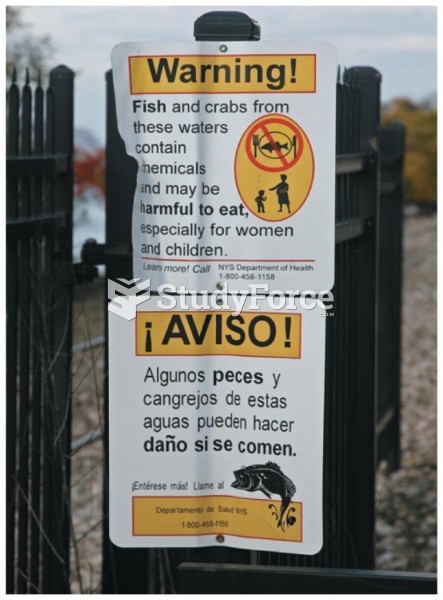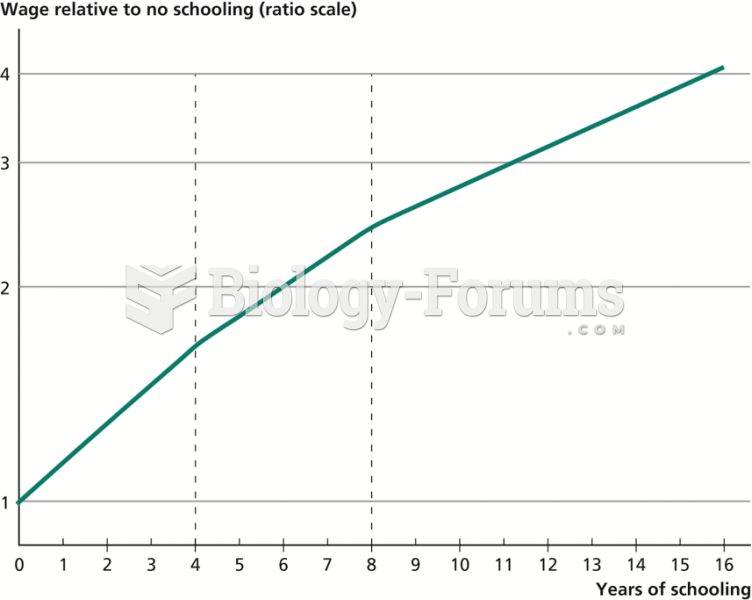A 500 payment for Wages Expense was incorrectly journalized and posted as a debit to Rent Expense for 500 and a credit to Cash for 500 . The correcting entry, using the one-step method, would include a
a. debit to Cash for 500.
b. credit to Rent Expense for 500.
c. credit to Supplies Expense for 500.
d. credit to Cash for 500.
Question 2
Various cost-behavior patterns.
(CPA, adapted).
The vertical axes of the graphs below represent total cost, and the horizontal axes represent units produced during a calendar year. In each case, the zero point of dollars and production is at the intersection of the two axes.
Required:
Select the graph that matches the numbered manufacturing cost data (requirements 1-9). Indicate by letter which graph best fits the situation or item described. The graphs may be used more than once.
1. Annual depreciation of equipment, where the amount of depreciation charged is computed by the machine-hours method.
2. Electricity billa flat fixed charge, plus a variable cost after a certain number of kilowatt-hours are used, in which the quantity of kilowatt-hours used varies proportionately with quantity of units produced.
3. City water bill, which is computed as follows:
The gallons of water used vary proportionately with the quantity of production output.
4. Cost of direct materials, where direct material cost per unit produced decreases with each pound of material used (for example, if 1 pound is used, the cost is 10; if 2 pounds are used, the cost is 19.98; if 3 pounds are used, the cost is 29.94), with a minimum cost per unit of 9.20.
5. Annual depreciation of equipment, where the amount is computed by the straight-line method. When the depreciation schedule was prepared, it was anticipated that the obsolescence factor would be greater than the wear-and-tear factor.
6. Rent on a manufacturing plant donated by the city, where the agreement calls for a fixed-fee payment unless 200,000 labor-hours are worked, in which case no rent is paid.
7. Salaries of repair personnel, where one person is needed for every 1,000 machine-hours or less (that is, 0 to 1,000 hours requires one person, 1,001 to 2,000 hours requires two people, and so on).
8. Cost of direct materials used (assume no quantity discounts).
9. Rent on a manufacturing plant donated by the county, where the agreement calls for rent of 100,000 to be reduced by 1 for each direct manufacturing labor-hour worked in excess of 200,000 hours, but a minimum rental fee of 20,000 must be paid.







